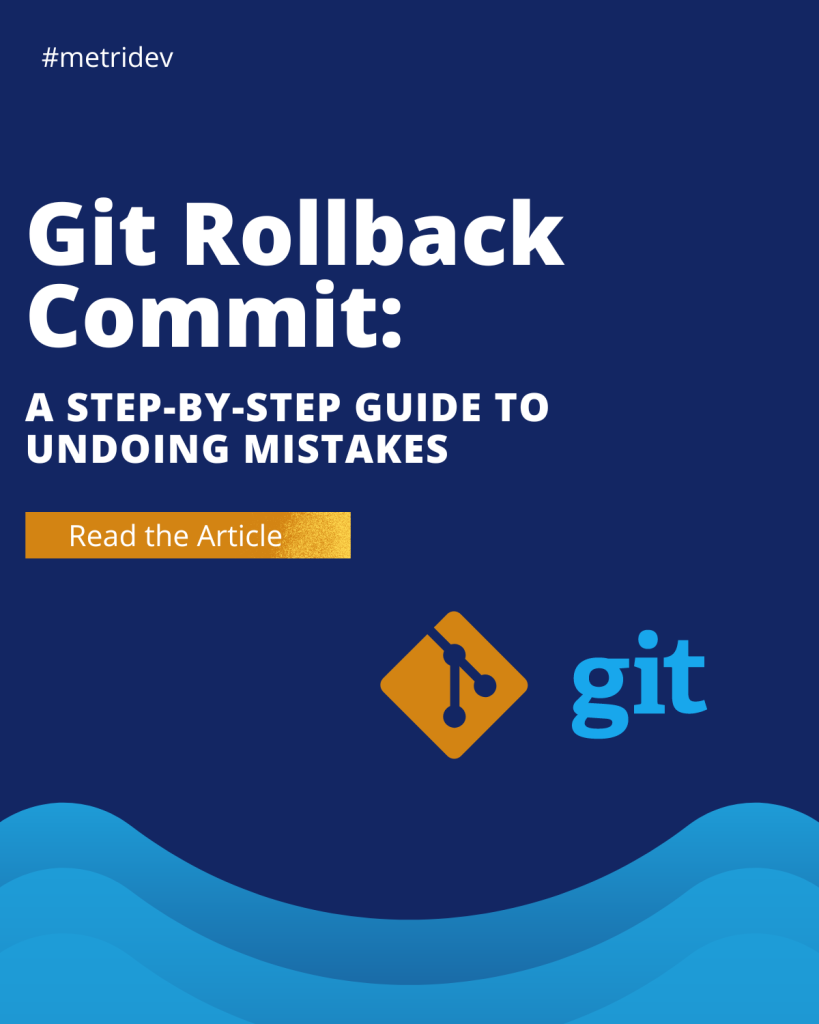Introduction to Predictive Solutions
In today’s fast-paced world, businesses and industries are constantly seeking innovative ways to gain a competitive edge. One such approach that has gained significant attention is the use of predictive solutions. Predictive solutions leverage the power of data-driven insights to make accurate forecasts and informed decisions. By harnessing the vast amount of data available, businesses can stay ahead of the curve and make proactive decisions based on reliable predictions.
Understanding the Power of Data-driven Insights
Data-driven insights refer to the process of analyzing large volumes of data to identify patterns, trends, and correlations that can be used to make predictions and drive decision-making. Additionally, by utilizing advanced analytics techniques, businesses can gain valuable insights into customer behavior, market trends, and operational efficiencies. Furthermore, these insights help organizations identify potential risks, optimize processes, and capitalize on emerging opportunities.
What is the Definition of Engineering Solution?
An engineering solution is a systematic approach to solving complex engineering problems. Moreover, it involves the application of scientific principles, mathematical models, and empirical data to design, develop, and implement solutions that meet specific requirements. Additionally, engineering solutions can vary widely depending on the field and industry, ranging from designing efficient transportation systems to developing sustainable energy solutions.
What is an Example of an Engineering Solution?
An example of an engineering solution is the design and implementation of a smart city infrastructure. Additionally, in a smart city, various technologies are integrated to improve the quality of life for its residents. Moreover, this may include intelligent transportation systems, renewable energy sources, and efficient waste management systems. Furthermore, by leveraging data and predictive solutions, engineers can optimize the design and operation of these systems, resulting in more sustainable and livable cities.
Benefits of Using Predictive Solutions in Engineering
The use of predictive solutions in engineering offers numerous benefits. Firstly, it enables engineers to make informed decisions based on accurate forecasts. By analyzing historical and real-time data, engineers can identify potential issues and proactively address them before they escalate. This leads to improved efficiency, reduced downtime, and cost savings.
Secondly, predictive solutions help engineers optimize their designs and processes. By leveraging data-driven insights, engineers can identify bottlenecks, inefficiencies, and areas of improvement. This allows for the development of more efficient and reliable systems, resulting in enhanced performance and customer satisfaction.
Lastly, predictive solutions enable engineers to anticipate future needs and trends. By analyzing data from various sources, engineers can identify emerging patterns and predict future demands. This helps businesses stay ahead of their competitors and capitalize on new opportunities.

How Predictive Solutions Work
Predictive solutions rely on advanced analytics techniques to analyze historical data, identify patterns, and make accurate predictions. These techniques include statistical analysis, machine learning, and artificial intelligence. By training models on historical data, predictive solutions can learn from past experiences and make forecasts based on the patterns identified.
The process of implementing predictive solutions involves several steps. First, we collect data from various sources, including sensors, databases, and external systems. We then clean, transform, and prepare this data for analysis. Once we have prepared the data, we use it to train predictive models, evaluate and fine-tune them, and finally deploy the trained models to make predictions on new data.
Implementing Predictive Solutions in Your Engineering Processes
To implement predictive solutions in your engineering processes, it is essential to follow a systematic approach. Firstly, identify the specific areas where predictive solutions can add value. This may include optimizing maintenance schedules, predicting equipment failures, or improving product design. Next, gather the necessary data required for analysis. This may involve integrating various data sources, such as sensors, databases, and historical records. Ensure that the data is accurate, complete, and representative of the problem at hand.
Once the data is collected, it needs to be cleaned and transformed into a format suitable for analysis. This involves removing outliers, handling missing values, and normalizing the data. Data preprocessing is a critical step to ensure the accuracy and reliability of the predictive models. After preprocessing the data, it is time to select and train the predictive models. Depending on the problem at hand, we may use different techniques such as regression, classification, or time series analysis. It is important to evaluate the performance of the models using appropriate metrics and fine-tune them if necessary.
Finally, deploy the trained models into your engineering processes. This may involve integrating them into existing software systems or developing custom applications. Monitor the performance of the deployed models and continuously update them as new data becomes available.
Challenges and Considerations When Adopting Predictive Solutions
While predictive solutions offer numerous benefits, there are also challenges and considerations to be aware of. One major challenge is the availability and quality of data. Predictive models require large volumes of high-quality data to make accurate predictions. Ensuring the data is clean, reliable, and representative of the problem at hand can be a significant challenge.
Another consideration is the complexity of the predictive models. Developing and implementing sophisticated predictive models require expertise in advanced analytics techniques and machine learning algorithms. Organizations may need to invest in training their engineers or partnering with external experts to overcome this challenge.
Additionally, the interpretation of predictive insights can be a challenge. Predictive models provide forecasts and predictions, but it is up to engineers and decision-makers to interpret and act upon the insights. It is important to have a clear understanding of the limitations and assumptions of the predictive models to avoid misinterpretation and misuse of the insights.
What is Predictive Analytics Used For?
Predictive analytics is used to make accurate predictions and forecasts based on historical and real-time data. Furthermore, it is a subset of advanced analytics that leverages statistical techniques, machine learning algorithms, and artificial intelligence to identify patterns and relationships in data. Moreover, predictive analytics finds utility in various industries and applications, including finance, marketing, healthcare, and engineering.
What are the Applications of Predictive Analysis?
The applications of predictive analysis are vast and diverse. In engineering, predictive analysis enables optimizing maintenance schedules, predicting equipment failures, and optimizing product design. Similarly, in finance, predictive analysis can be applied for fraud detection, credit scoring, and portfolio optimization. Moreover, in healthcare, predictive analysis finds utility in disease prediction, patient monitoring, and drug discovery. Ultimately, the availability of data and the users’ imagination limit the applications of predictive analysis.
Tools and Technologies for Predictive Solutions
There are numerous tools and technologies available for implementing predictive solutions. Some popular tools include Python, R, and MATLAB, which provide a wide range of libraries and packages for data analysis and machine learning. These tools offer a rich set of features for data preprocessing, model training, and evaluation.
In addition to programming languages, there are also commercial platforms and software packages available for predictive solutions. These platforms provide a user-friendly interface and pre-built models for common use cases. Examples of such platforms include IBM Watson Analytics, Microsoft Azure Machine Learning, and Google Cloud AI Platform.
What are Predictive Analytics Techniques?
Predictive analytics techniques encompass a wide range of statistical and machine learning algorithms. Additionally, some commonly used techniques include linear regression, logistic regression, decision trees, random forests, support vector machines, and neural networks. Moreover, each technique has its strengths and weaknesses, and the choice of technique depends on the problem at hand and the available data.
Which Method is Used for Predictive Analysis?
The choice of method for predictive analysis depends on the specific problem and the available data. Linear regression is commonly used for predicting continuous variables, while logistic regression is used for predicting categorical variables. Decision trees and random forests are versatile techniques that can be used for both regression and classification problems. Support vector machines and neural networks are powerful techniques that can handle complex relationships and patterns in the data.
Training and Certification Programs for Predictive Solutions
To enhance your skills and knowledge in predictive solutions, there are several training and certification programs available. These programs provide in-depth training on various aspects of predictive analytics, including data preprocessing, model training, and evaluation. Some popular certifications include the Certified Analytics Professional (CAP), the Microsoft Certified: Azure Data Scientist Associate, and the SAS Certified Predictive Modeler.
By obtaining certifications in predictive solutions, professionals can demonstrate their expertise and stay updated with the latest advancements in the field. These certifications also provide a competitive edge in the job market and open up new career opportunities.
Conclusion: Embracing the Future with Data-driven Insights
In conclusion, predictive solutions offer a powerful tool for businesses and industries to harness the power of data driven insights. By leveraging advanced analytics techniques and machine learning algorithms, businesses can make accurate predictions, optimize processes, and stay ahead of their competitors. However, the adoption of predictive solutions comes with challenges and considerations, including data availability, model complexity, and interpretation of insights. By addressing these challenges and investing in training and certification programs, businesses can embrace the future and unlock the full potential of data-driven insights.
Embrace the power of predictive solutions in your engineering processes and unlock the potential of data-driven insights. Read our article about Agile Development Principles: A Step-by-Step Guide to Success.









Leave a Reply